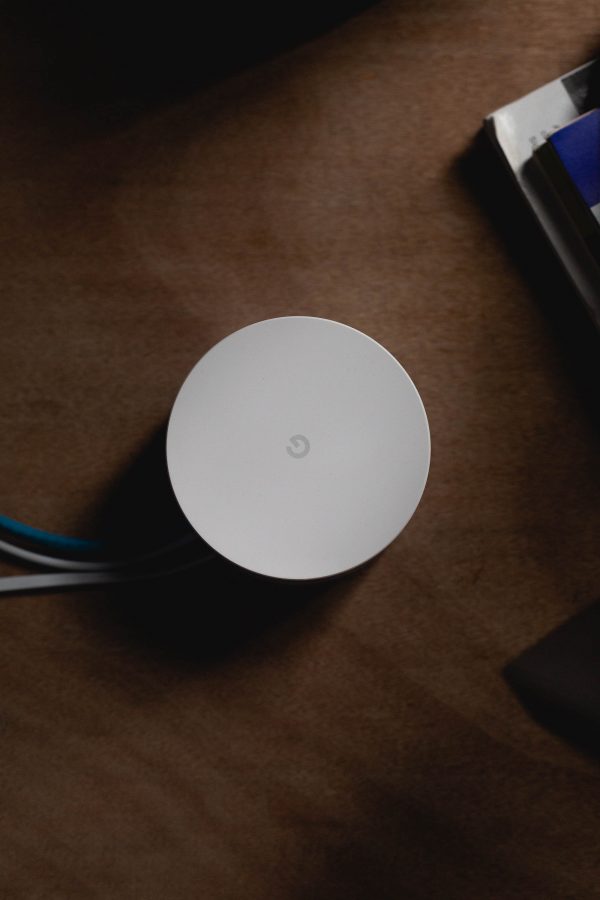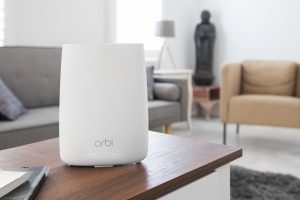I want to take a look at one of the most prominent mesh routers on the market – Google Wi-Fi.


Google Wi-Fi has gotten some pretty mixed reviews and, for the sake of objectivity, I’d like to look at both sides of the fence. First, I want to look at the advantages of Google Wi-Fi, courtesy of 6 Months Later’s review. Then, to balance things out for you, I want to take a look at TechnoBuffalo’s video where he explicitly tells his viewers “Don’t buy Google Wi-Fi”. Hopefully, our readers will then have a better understanding of the product and can make an informed decision over where to buy them.
So, just a quick recap, Google Wi-Fi is amongst the cheapest Mesh routers, costing $199 for a single unit, which can cover between 1200 and 1500 square feet, while a three-pack can cover as much as 5000 square feet at a cost of @299. It has an easy to navigate app and, theoretically, are as fast as 867Mbps when within five meters of the router, but as low as 400Mbps when you move to the outer reaches of the router’s signal. But, as we know, how something works in theory is not necessarily the same as it works in practice. Let’s dive right into it.
Advantages
Again, Six months later’s review was overall quite positive, but his focus wasn’t really on the technical details. He did mention that Google Wi-Fi offered speeds good enough for him to play online, with a headset, on his PS4, and gaming is usually a good yard-stick when it comes to network speeds. But, his primary focus was on the fact that he gave a Google Wi-Fi three-pack to his parents and that they had no trouble in setting it up, that managing it was easy and that he wasn’t required to reset the router. In other words, in a family setup, where you are not too clued up on how everything works and you just want it to work, prioritizing reliability and stability over download/upload speeds, Google Wi-Fi is the right Mesh networking device for you. He went into significant detail on parental controls, sharing your network with guests and otherwise using the Google Wi-Fi app to monitor your connection, the devices using it and the optimal distance to place units to get maximum coverage. All-in-all, Google Wi-Fi has gotten user experience down to a tee.
Disadvantages
TechnoBuffalo’s review is probably more relative to users with a more advanced understanding of setting up Wi-Fi networks and requiring high-speed connections. He compared his experience with Google Wi-Fi to that of his Netgear Nighthawk. He has been using AT&T’s Gigablast package, and his service provider is offering him a theoretical network speed of 1Gbps up and down. He was getting 700Mbps up or down with his Nighthawk. But, after setting up Google Wi-Fi, his speeds dropped dramatically to about 300Mbps up and 200Mbps down. Just a caveat here, those speeds are still great, but if you’re paying for 1Gbps and achieve that speed via Ethernet, you do not want to be working with a speed that’s less than a third of what you’re paying for. For users that are satisfied with that speed, which would be most of us, it won’t be a problem. Yet, if you’re paying for a high-speed connection and not getting that speed, you’re obviously going to be upset about it. He also expressed his concerns about the Mesh capabilities of Google Wi-Fi, saying that it is barely doing better than his single Nighthawk router. Overall, if a really, really high-speed internet connection is a priority, it seems that Google Wi-Fi is not doing the job.
The verdict
These are just two reviews and will certainly not encapsulate the full user experience, but, at the same time, the majority of reviews that you’ll find out there are small variations on these two stances on Google Wi-Fi. Opinions will therefore be divided amongst users and, if you are looking for simplicity, it is the product for you. However, if you are a tech junkie looking for super-high-speed connections, you are ultimately going to be left disappointed.

